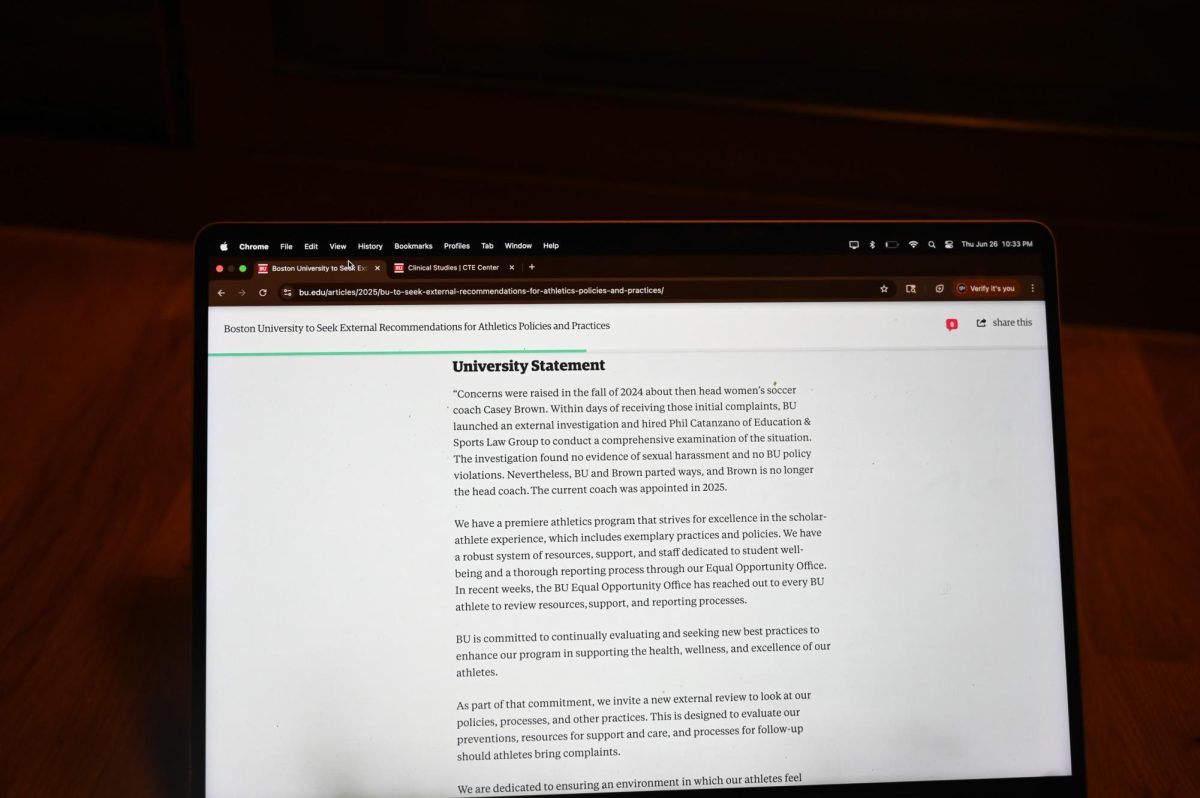While many e-card services allow lovers to send Xs and Os to each other, inSPOT greetings help former flings pass along anonymous missives warning about STDs.
‘It’s not what you brought to the party, it’s what you left with. I left with an STD, you might have, too. Get checked out soon,’ reads one of the e-cards available through inSPOT, a project started in 2004 that encourages users to overcome shame and let previous sexual partners know they may have been exposed to a sexually transmitted disease by the unnamed card sender.
InSPOT should not replace face to face notification about possible STD infection, said Jaime Lebrija, a new media technician for Internet Sexuality Information Services, a nonprofit organization that uses technology to promote sexual health. The e-card service may be especially helpful if former partners have only been communicating online, though card senders have the option of including their contact information with the card, he said.
‘That was a big reason why this site has been so successful, because basically if someone has had five partners in the last year and all the sudden they’re infected, they don’t know which one of those partners gave it to them,’ Lebrija said. ‘Instead of exposing [the information] to five partners, this is a way they can notify all five of them without the embarrassment if maybe only one of them was infected.’
The service inSPOT provides is interesting, Boston University Student Health Services Director Dr. David McBride said in an email. However, he worries it could discourage sexual responsibility.
‘I think that efforts like this to provide accessible health information are really great,’ McBride said. ‘I don’t know that I’m crazy about the anonymous option . . . seems like a way not to take responsibility . . . but telling a partner anonymously is likely better than not telling them at all.’
College of Arts and Sciences senior Jon Waldo said inSPOT could help prevent the spread of STDs and improve communication between past partners, but he thought there was the potential for misuse of the website and raised additional concerns.
‘[People] need to know it’s a real tool as opposed to a random website where anyone can go,’ Waldo said. ‘It’s also name association. If I’m getting something with the name value of Red Cross or Planned Parenthood, I’m going to pay attention to it more than if it were some random organization I don’t know about.’
If inSPOT established its reputation through advertising, it might be able to curb the spread of STDs and discourage people from using the service as a joke, Waldo said.
‘ ‘How are they going to diffuse this as a tool instead of an oddity?’ Waldo said. ‘There’s a lot of things the internet has to offer. What gets used and what doesn’t comes down to how well they advertise it.’
To anonymously admonish about an STD, users must go to , select their city or state, and click ‘Tell Them.’ Different types of e-card are available, allowing the sender to decide how serious the message should be.
InSPOT has worked within 10 states, including Massachusetts, nine cities and three international locations to link e-card recipients to a website listing clinics that offer STD testing, Lebrija said.
College of General Studies freshman Kati McKinney said she would recommend the website to people who would otherwise not tell their previous partner about an STD because they were too afraid to do it in person.
‘It is better than not telling them at all,’ McKinney said. ‘I guess since we’re the internet age, it makes sense that we tell someone they have a disease through the internet.




















































































































